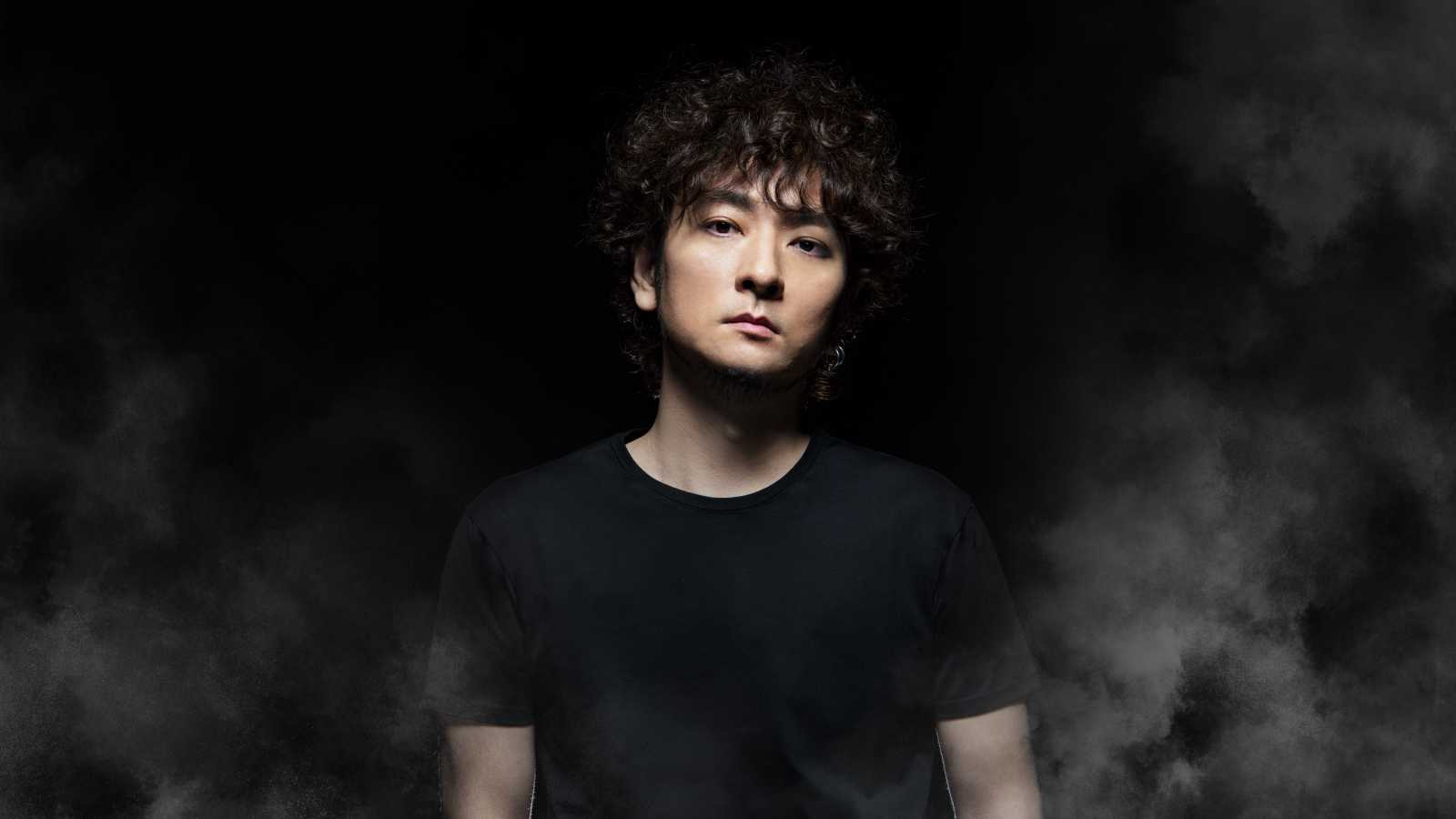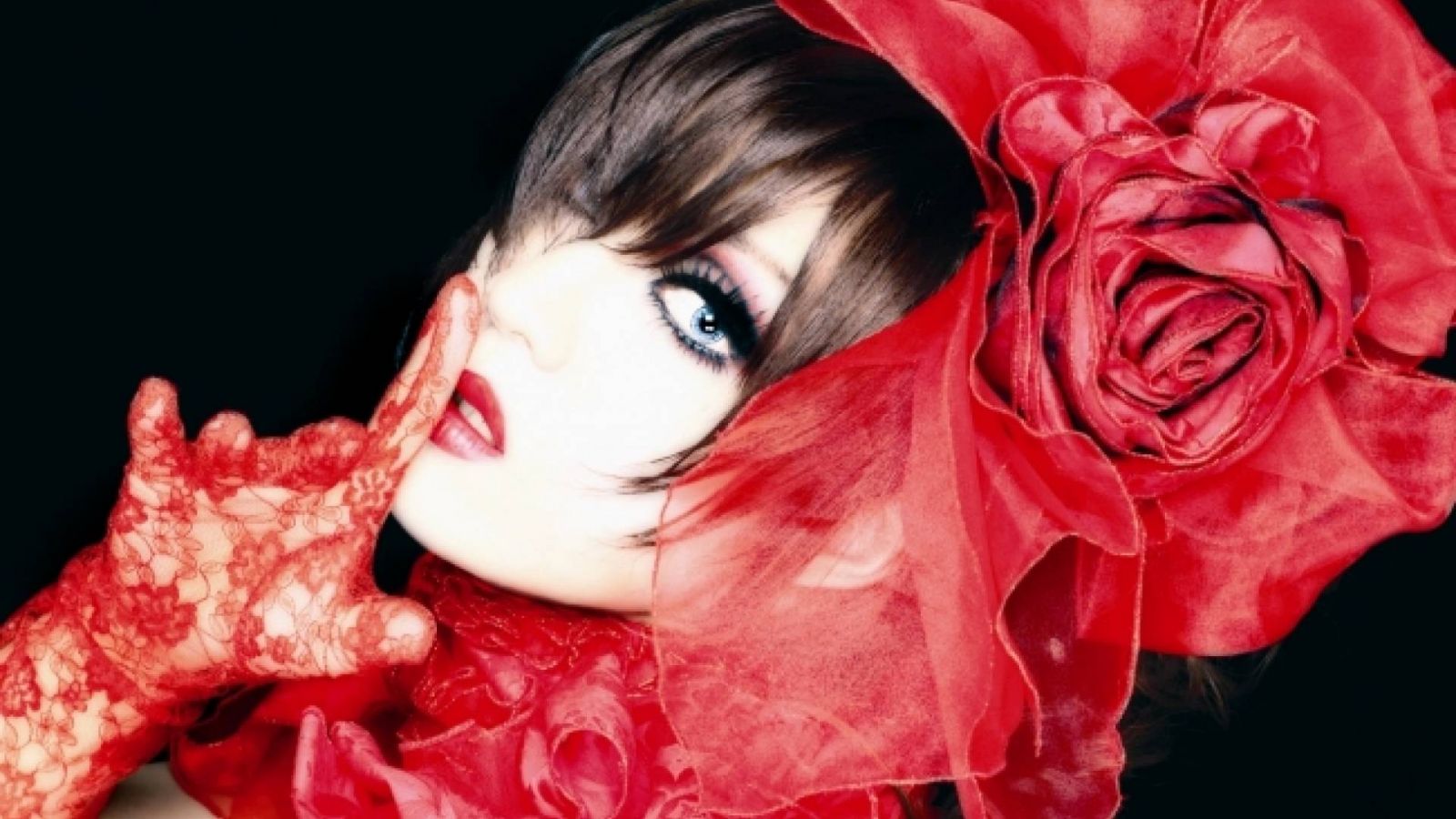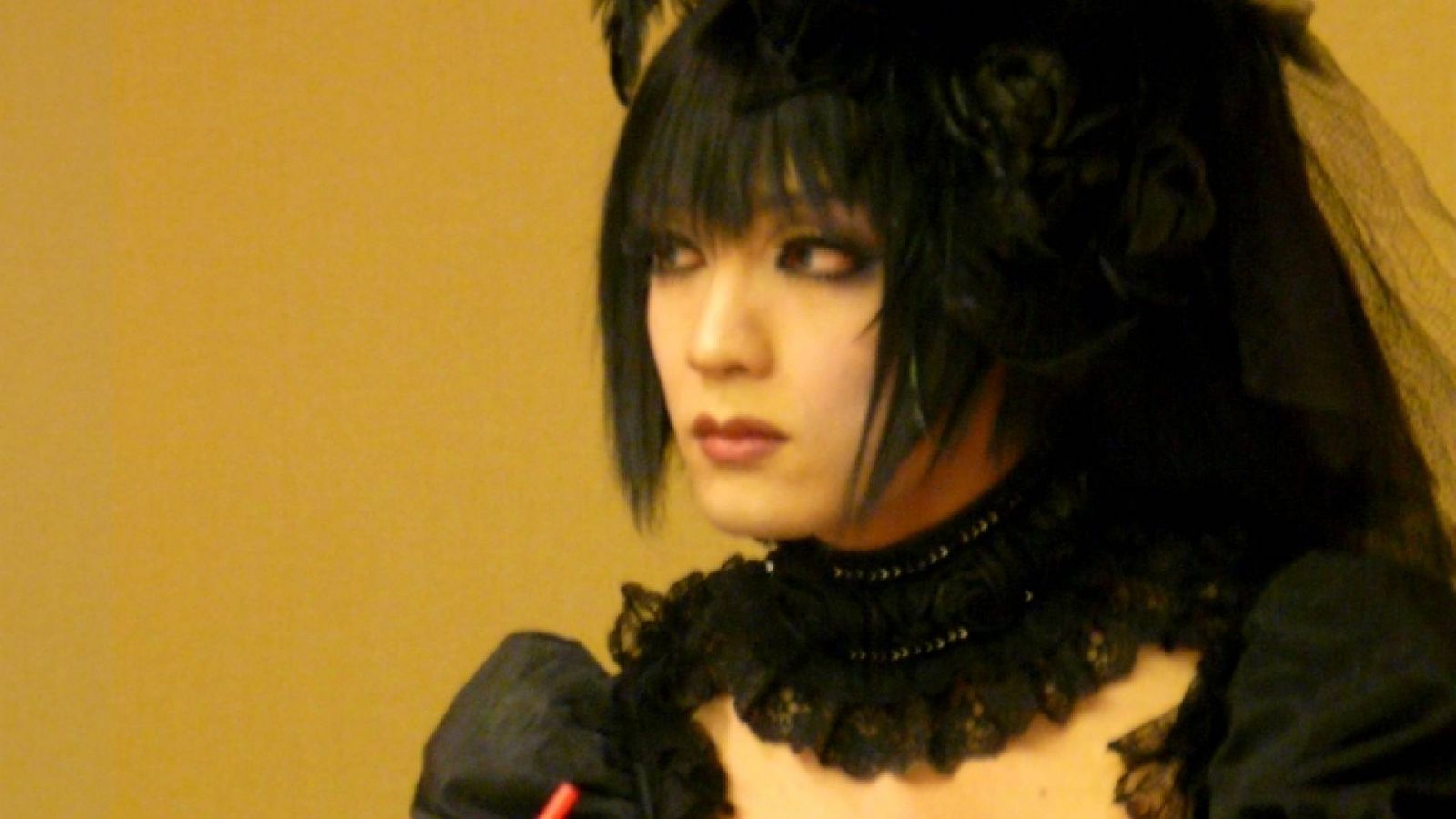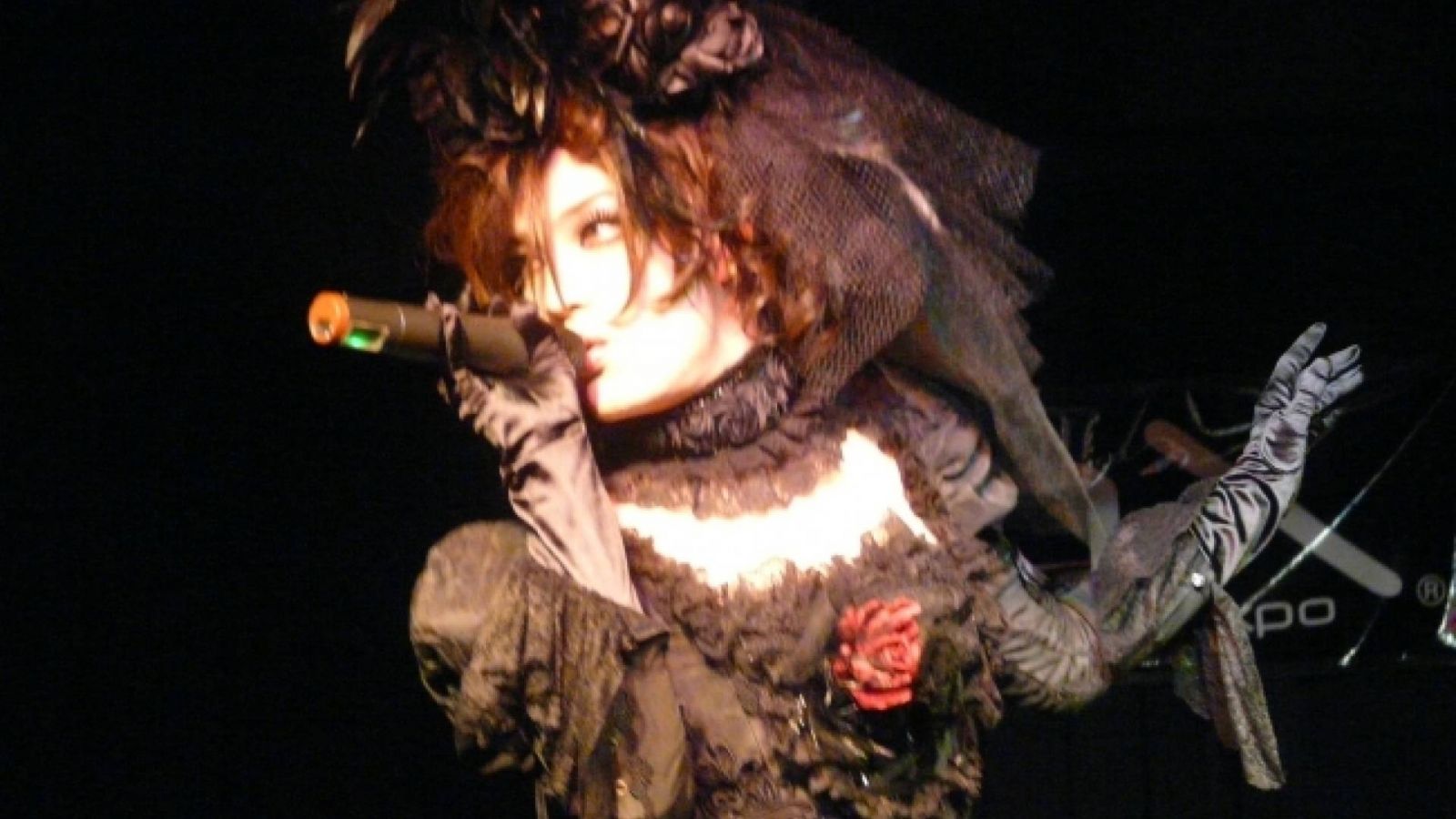Shortly after his appearance at PMX, JaME held an interview with the beautiful and flamboyant singer, Kaya
After a successful first concert on foreign soil at the American PMX convention, Kaya talked to JaME a little about how his first show went and explained a little more about his beautiful world.
First of all, thank you very much for this interview! It has been a few months now since your performance at the American convention PMX. Can you please tell us about your experiences there, what did you enjoy most, for example?
Kaya: I enjoyed the live most. And I was happy to be able to talk with the fans directly in the Q&A session.
Did you also have the chance to explore Los Angeles during your stay? If so, where did you go to?
Kaya: I went shopping with my dancers. And a club! I couldn’t stayed there for a long time, but I enjoyed it.
This was your first time visiting the USA. Did Los Angeles live up to your expectations of the US, or was it completely different from what you imagined?
Kaya: It was very wonderful, just as I had imagined.
Your stage name Kaya means "the karyoubinka that sings in the night". How did you come up with this idea?
Kaya: I used my real name and built on this idea little to create the concept. Instead of using the normal Japanese characters, I decided to find other characters with the same sound, so I used the character 「迦」 which comes from the name of a legendary bird, called Karyoubinka, that had a beautiful voice and lived in paradise. The number of strokes or lines in the character is good too, which I also think is important.*
What made you decide to become a professional singer? Was there any event or person in particular that inspired you to do so?
Kaya: When I was three years old, I sang in a festival and thought "This is it!"
You started out in a small indies band and now you are a successful major solo artist. How does it feel to be here and how long was the road for you?
Kaya: Long, but short. But things have only just begun, I am still standing on the starting line so I am excited about what is yet to come.
It will soon be a year since you signed with a major label. How does being on a major label differ from being on an indies label for you and have you noticed many changes during this year?
Kaya: Well, I think it’s quite big to be able to get advice from various people.
How do you decide which role or image to choose for each new single or album? By cross-dressing, what are you trying to express?
Kaya: I decide instinctively. About cross-dressing, I wanted to appeal to a freedom of "sex" and "fashion" by how I, a man, wears dresses.
Your lyrics are very expressive and beautiful. What inspires you and how do you approach the process of writing?
Kaya: Everything comes from my loves. To love someone brings me lyrics.
Your music is very diverse, next to EBM (electronic body music), we find hints of classical music, a visual kei influence and many more styles. What kind of music or which artists inspire you?
Kaya: I was influenced by popular Japanese songs of 1960-1999. And by French chanson.
What kind of music did you listen to during your childhood and teenage years, and did this have an impact on your music as it is now?
Kaya: I listened to popular Japanese songs of 1960-1999. I think they influenced me a lot.
Your new mini-album, Bonjour Chanson! includes covers of French chansons. How did you discover this kind of music and what inspired you to make an album of songs of this type?
Kaya: I have liked chanson for a while, so I often thought that someday I would like to make a CD of chanson. Finally I got the opportunity and found I could release the first edition! Although chanson is fashionable and wonderful, it's not popular in Japan, so I made this CD as I want to make people listen to chanson. In this first edition, I collected songs which are easy to listen to and lovely in nature.
You usually collaborate with songwriters for the compositions and write the lyrics yourself. Do you also compose songs yourself? If so, how do you go about this?
Kaya: I have never composed songs. I think it’s about time when I should try it.
One of the composers you work with is guitarist, Hizaki, currently of Versailles. Your music styles seem to be quite different. How did this collaboration come about?
Kaya: As we create the same kind of beautiful music, it seemed an inevitability. I hope we can collaborate again someday.
After Schwarz Stein disbanded, you collaborated with Hora on a project called Another Cell. How did this come about and are you planning similar projects in the future?
Kaya: I wanted to do something interesting. If I had a chance, I want to do something again, but I have no plans for now.
Mana seemed to have taken an important role in Schwarz Stein’s career. What are some of the things you’ve learned from him that are most valuable to you?
Kaya: Mana was an adviser for Schwarz Stein so he did not really have much to do with the actual creation of work, but I learned from him the importance of having beauty in everything you do.
Just like Mana supported Schwarz Stein, what do you think about taking a young band under your wing yourself?
Kaya: I don’t know yet, but it seems fun! I’m interested in that.
At your live performances you have dancers and drag queen guests who support you on stage. Why do you invite them to perform with you? What do you accomplish visually with them being there?
Kaya: A drag queen is the real "star of the club". A club without a drag queen is like the night sky without the moon. I want to bring the joy of clubs into live houses, so the performance of the drag queen is necessary and it’s very natural with this idea.
Your costumes and make-up are very elaborate. How long does it usually take you to get ready for a concert? Are you ever annoyed or frustrated with the limitations that comes with this? (Such as having to take quite a long time to get ready or being limited in your movements.)
Kaya: I think it takes about 2 hours. When I put on a wig I can’t shake my head, and when I wear a tight dress I can’t move much, so my movements are limited a little bit.
In addition to portraying yourself as a woman, we can also find you dressed up as a boy. What is the reason for you to also pick this kind of character?
Kaya: I did so because it matched to the song.
Do you also dress up during your free time, or can we find you lounging on the couch in comfortable track pants? How do you usually spend your free days?
Kaya: I dress up sometimes and wear casual clothes sometimes. I basically go out when I have free time. I go to a club and dance! (laugh)
How did you get into the business of creating your own nail line (fake nail design)? Do you have staff that assist you or are the creations/projects all your own? How long does an average set take you to make?
Kaya: It’s a collaboration project with my fan club "Addict". I have been interested in doing a nail line, so I’m happy that I am able to finally make it.
Now that you have been to the USA, are you interested in touring in other parts of the world? If so, where would you like to go?
Kaya: I want to go to European countries. Especially to northern Europe.
Instead of visiting countries for performances only, what would be your ideal holiday destination? What would your ideal vacation look like?
Kaya: I travelled a lot before, but I haven't been able to go recently. I want to go to Paris in France and stay there for about 2 weeks, or go to northern Europe.
Where do you see yourself in 10 years’ time?
Kaya: I think I will still be singing. (laugh)
Lastly, please give a message to your fans.
Kaya: Thank you so much for your cheering from countries far from Japan! I’ll keep singing forever, so please continue to support me. Let’s live beautifully together
*Translators note: 'Karyoubinka' is a mythical creature, half-human, half bird from Buddhist Sukhavati sutra that was said to live with the Buddha. It was famous for its exquisite voice and it could be heard singing in the early evenings. In Japan, geisha and oiran with beautiful voices were called 'Karyoubinka'. The creature is depicted as an icon of both the Buddha and of the teachings of the Tathagata Buddha.
JaME would like to thank Kaya and CURE for making this interview possible.

![HYDE [INSIDE] LIVE 2024 -EXTRA- at Makuhari Messe](https://www.jame-world.com/media/image/2024-11/_16-9_14951.jpg)





